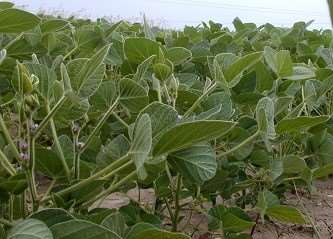Presenters and participants shared views on population, weed control, row width, soil fertility and fertilizer
By Patrick Lynch, CCA-ON
Farms.com
I attended a number of sessions and spoke with the presenters and participants between sessions. A number of things were repeated in different ways and by different speakers, so I’ll summarize some of the key points here.
Population
In general, we are dropping too many soybean seeds. All you need is a final population of 100,000 plants. This number has been bantered around before. But this year, the message was loud and clear.
I am going to start to recommend lower seeding rates. The research also suggested a 20 per cent reduction between the seeding population and final stand. So if you are dropping 185,000 seeds and have a 20 per cent decrease, you still have a stand of almost 148,000 plants per acre. Decreasing seeding rate to 145,000 seeds/ac gives a final stand of about 116,000 plants per acre. Try some acres.
Weed control
You need a two pass weed control program and must not have any weeds in your soybean fields before the second trifoliate.
Row width
In general, in 2016, there was little yield difference between 30” and 15” soybean rows.
I find this hard to believe. I still think you give up yield by going to 30” rows most years. There are too many days when the sun is hitting the ground in wide rows.
The counter argument is that, in many fields, sun interception is not the limiting factor.

Soil fertility and fertilizer
In general, you cannot increase soybean yields with applied fertilizer as much as you can with high testing fields. If you want highest soybean yields, you need to have phosphorous test at 25 or higher and potassium (K) test at 140 or higher. On heavier soils, K probably should be 160 or higher.
The South West Ag Conference (SWAC) was held Jan. 4 to 5 at the Ridgetown Campus of the University of Guelph.